Special Economic Zones (SEZs) were established throughout Cambodia to provide investors with a “one-stop service for imports and exports” and to facilitate trade. These hubs have also been instrumental in national economic development and are increasingly linked by key transport routes.
Pre-pandemic, it was estimated that there were more than 50 SEZs in the Kingdom, collectively employing a workforce of 130,000 people in more than 450 factories
How are some of these key Special Economic Zones operating as the end of 2022 approaches and how do they spur national economic development?
Sihanoukville Special Economic Zone (SSEZ)
Sihanoukville Special Economic Zone (SSEZ) Co Ltd, is the operator of the 11.13 square kilometre special economic zone on the southern Cambodian coast - it is the largest by size and occupancy in the Kingdom.
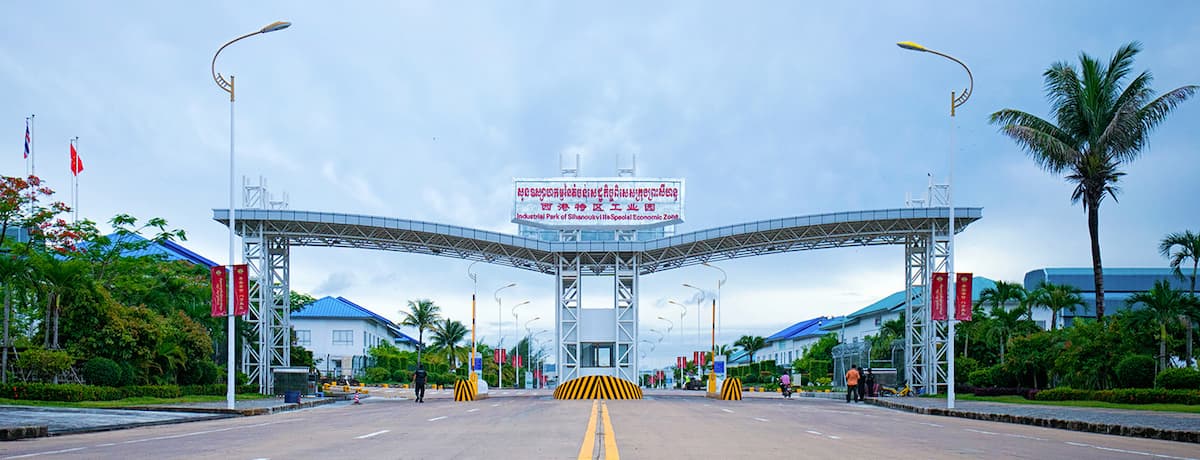
Long Dimanche, the Sihanoukville province deputy governor said in 2022 there are 170 factories from China, Europe, the United States, Southeast Asia and other regions in the SSEZ which have a total investment of more than USD $1.3 billion and create around 30,000 jobs.
Devin Barta from Fine Flooring Cambodia, which makes and engineers hardwood flooring and sources materials from Cambodia and countries globally, is based in the Sihanoukville Special Economic Zone and their main export destination is North America.
Barta said “The SSEZ provides import and export duty relief along with many services in-house. The zone is very good at meeting our business needs and providing services. Proximity to the (Sihanoukville) port is also a significant advantage and the labour pool from the nearby communities is very reliable.”
The value of imports and exports passing through the SSEZ in Cambodia topped the $2 billion mark by October 2022. This represents an increase of over 17 per cent compared with 2021. For reference, the total value of imports and exports passing through the SSEZ in 2021 was $2.2 billion.
On the scale of the SEZ, Barta sees this as a benefit. “There are more services and there is a substantial market located within the SEZ. Due to the variety of businesses here, as well as those within the same industry, we are able to effectively work together and use the same suppliers.”
This region of Cambodia continues to spike interest due to the Kingdom’s only deep-water port, the new Law on Investment, and infrastructure projects such as the Phnom Penh-Sihanoukville expressway which has significantly reduced the travel time between the two economic hubs.
Dimanche added that the economic hub is transformative in connecting the province with the regional and global supply chains.
Barta added “These upgrades will pay enormous dividends to the region. It was quickly obvious of the new highway opening that tourism to Sihanoukville increased significantly. I suspect expansions of the airport will increase international tourist traffic, while a larger port entices even more industrial development.”
Regardless of the business activity type in the SSEZ, the zone improves the economic development of the country and provides essential skills and jobs.
“From a business owner standpoint, being in an SEZ makes operations easier; it provides well-paying jobs to the local community which also increases their quality of life. The infrastructure needed to support the SEZ has a spillover effect in the area, improving roads and other aspects which the communities benefit from”, said Barta.
Poipet O’Neang Special Economic Zone (POSEZ)
In the northwest of the Kingdom, located near the Thailand border, the POSEZ has been operational since 2005 and today employs nearly 10,000 people.
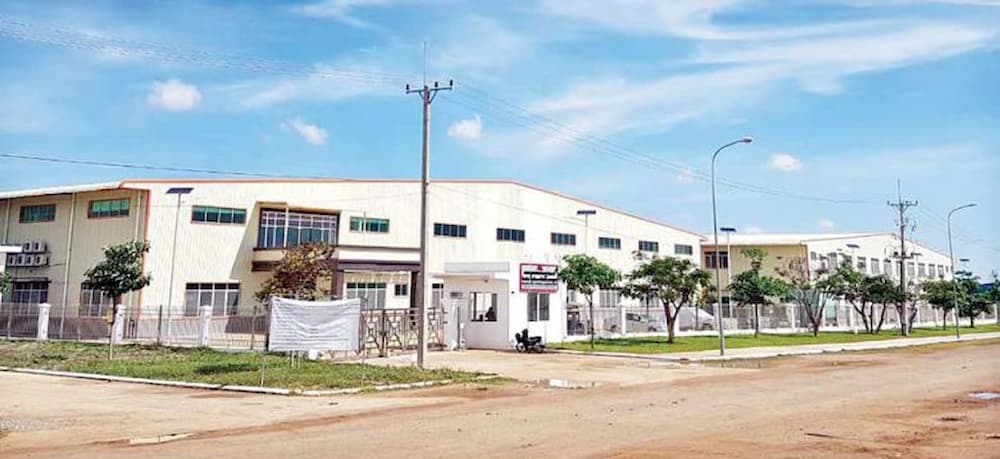
This SEZ covers over 260 hectares and it has access to a key border crossing with Thailand, which provides convenient and economical access to a global market via air, rail and seaports.
Eric Wong is the Assistant General Manager of CCI Co. Ltd. (operator of the Poipet O’Neang Special Economic Zone). He said, “Our strategic location is attractive to prospective investors who are looking to start, relocate or expand their manufacturing businesses, warehouses or distribution centres to Cambodia.
Situated right next to the future O'Neang checkpoint on the border, manufacturers can mitigate all of their business risks and shorten transportation times to the Laem Chabang Port of Thailand, as well as enjoying faster processing times for customs. We have no power shortages which means shorter lead times for the finished products.”
All of the Special Economic Zones in Cambodia attract investors by providing a range of services and economic benefits. These include reliable water and power supply, duty exemptions, 0% Value-Added-Tax (VAT) on exports and transactions within the SEZ, as well as incentives.
In the POSEZ, businesses are offered a 9-year tax vacation, while visas can be arranged for families of investors. They also offer a One Stop Service (OSS) “designed to facilitate application, information, company registration, evaluation, investment approval, license and permit acquisition“, said Wong.
The main business targets are manufacturers of auto parts, agricultural machinery, agro-based products and biotechnology, consumer electronics, garments, industrial tools & parts etc. Wong also says that “all types of commercial businesses including financial and trading services” are welcome to operate in the commercial zone and that six enterprises from Thailand operate in Poipet SEZ.
Positive Impacts of Trade Agreements for SEZ in Cambodia
The Regional Comprehensive Economic Partnership (RCEP) and new bilateral free trade agreements have generated increased exports from the POSEZ to Thailand, confirmed Wong. “I have always believed that Thailand is a “necessary channel” for Cambodia to export products to foreign markets.”
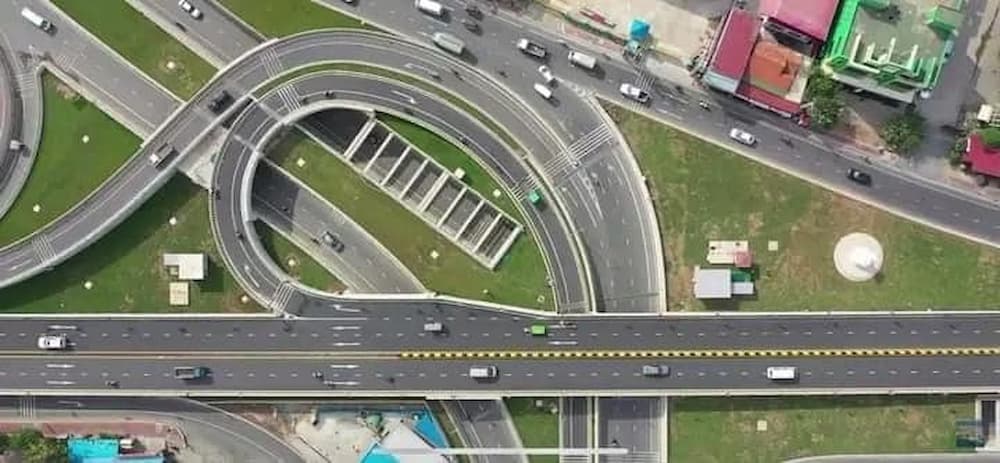
For the SSEZ, there has been a relatively weaker performance of imports and exports as the year has progressed due to sluggish demand on the international markets caused by uncertainty in the financial markets, the conflict in Ukraine and the ongoing zero-COVID policy in China.
However, the trade agreements, as well as increasing international interest in Cambodian-made products, means there is huge potential for the upside.
“We want to encourage more investments in warehouses along the border to facilitate more varieties of exports and Cambodia needs more foreign investment for the technologies, human resources and infrastructure to develop production chains in the coming years to maximise the economic potentials and benefits from RCEP” concluded Wong.
By offering attractive incentives and one-stop business services, these SEZ drive Direct Foreign Investment and are a source of skilled labour, which spurs national projects and has a positive impact on the national economy.
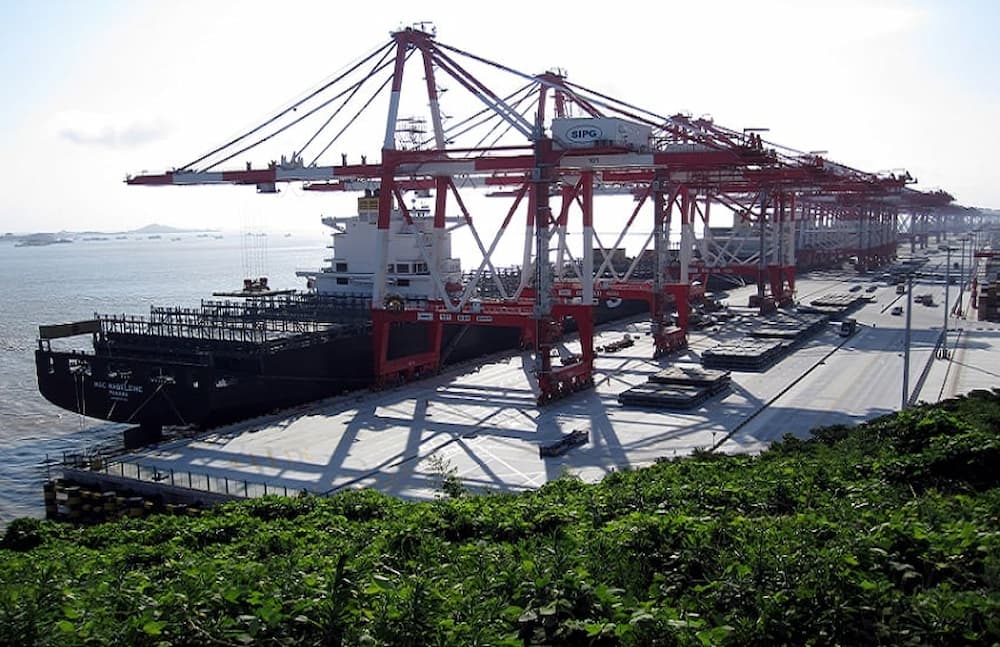


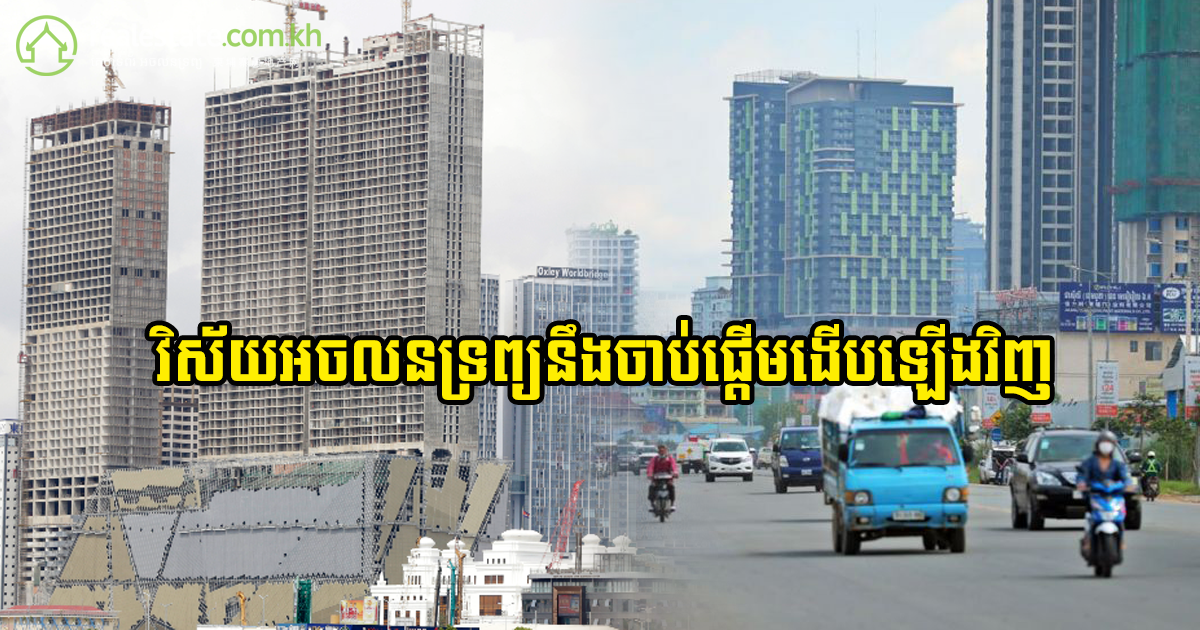
Comments